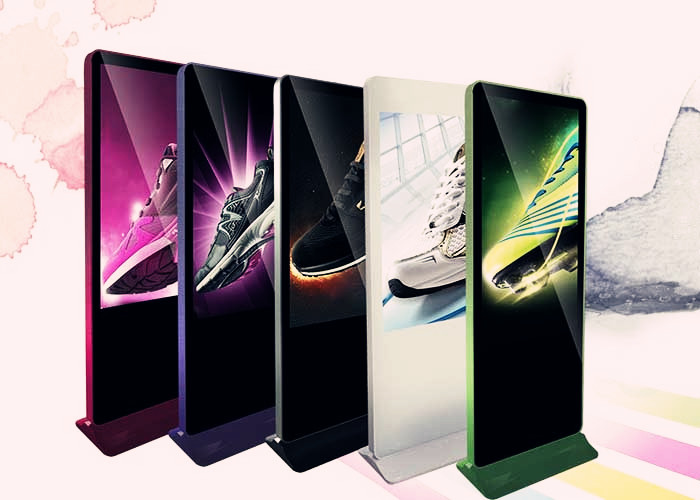1 positioning When developing a luminaire, we must first have a positioning (development of the luminaire condition table, such as the general structure of the luminaire, power, electrical performance indicators, luminous efficiency, protection performance, expected weight, etc.). Then, at present, many people don't know enough about the LED and LED lighting systems, and they often know why they don't know. At present, the domestic LED road lighting standards are still officially introduced, and the local standards drafted by Dongguan QS Company have not entered the formal implementation stage. Therefore, this article still starts with CJ45-2006, hoping to play a role in promoting everyone and making progress together. In the standard, there are clear requirements for the illuminance value and uniformity of the roads of various roads. Take the main road as an example, and the average illuminance is required to be 20-30 LUX. According to your pole height and spacing, you can get roughly one luminous flux. The data. What needs to be trapped by snow is that this is the luminous flux of the luminaire, and the luminous flux of the light source depends on your structure. That is the efficiency of the luminaire. 2 heat treatment According to the optical flux, we can find the number of our LEDs and the approximate power of the heat source, so we can design the heat dissipation system. At present, it is strictly forbidden to use passive heat dissipation (such as adding wind), so we can only rely on Its own heat dissipation structure. (Direction: greater heat dissipation surface area, higher dispersion conductivity, heat sink utilization efficiency, insulation solution) The design of the heat dissipation system, we design a temperature rise limit, such as 25 degrees ambient temperature, no more than 25 degrees And then calculate the system thermal resistance. In the material of the radiator, there are conditions to choose from. Generally speaking, the heat conduction of 6063 is 205W/M·K, the 6061T5 is 180W/M·K, and the die-casting general ADC12 is 40-60W/M·K. Legend is die-casting 1017. It can also be more than two hundred, but it has not been used, and no external manufacturers have confirmed it. Good conductivity is obvious in improving heat dissipation. For the design of the heat sink, a finned heat dissipation structure is generally used to obtain the maximum surface area. It should be noted that the direction of the heat sink is generally chosen to be parallel to the road axis. (Some claims that the heat sink is parallel to the road axis, the wind on the road is beneficial to heat dissipation. In fact, it is unscientific, the problem of fluid influence. It can also be known by measurement.) The fin design of the heat sink should be better in the structure of the upper and lower, and the lower part of the fin thickness is preferably 5mm (depending on the thermal power), and the depth is preferably not exceeded. The fins are three to four times at the most, the reason is simpler and denser, the more severe the heat return, the worse the heat dissipation effect. The thickness of the bottom of the heat sink can be designed to be thinner, such as no more than 3mm, to reduce the weight of the product. A good luminaire design will place the LED section above the fins for this purpose. In the steel glass structure and other practical applications, in order to waterproof, the product often has a closed insulation layer, resulting in a continuous increase in temperature, the hot air is upward, and can be solved according to the specific solution. The faster the heat generated by the LED is transmitted, the better. Therefore, under the aluminum substrate, we usually add nanotubes or other things to better achieve the effect of soaking and heat conduction. The more cost-effective way is to add graphite sheets. , you can check the supplier and related information. In addition, the fins of the radiator are always the lowest utilization of the top. In order to improve this problem, some companies have introduced heat pipe cooling. In fact, heat conduction and heat dissipation are two different concepts. Here I will talk about heat pipes, which can quickly conduct heat and increase the utilization of some heat-dissipating fins. Therefore, in the evaluation of cost performance, we can consider the trade-off according to the actual plan. Of course, we can also combine experimental data with software simulation.
High resolution and high density LED Display for advertising;Its high uniformity and seamless splicing ensure picture quality;High brightness and widely viewing angle allow people from different viewing distance to see it;Low power consumption made it energy saving and environment friendly;Designed with fast heating spread system to protect screen effectively and increase its life span;The Advertising LED Standing IPoster can present all kinds of contents,including graph, pictures, flashes, videos and any other formats with your PC does synchronously.
Bako Vision LED IPoster features:Extreme light and extreme thin, install solution once plug, using without any setting front maintain, fast and simple unit install, wireless connection intelligent management, easy master.Customizable size and mounting options available. Size are determined by configurations of modules. Update your digital content in our built-in media player via WiFi or USB.
Applications: The LED Player Monitor for Advertising can be used for advertisement in stage, stadium, exhibition, TV-Show, mansion video wall, shopping mall, banks, schools, bus station, airport, gym, market, factories, monitoring centers, hospitals, bars etc.
Led Iposter,Hd Iposter,Led Stand Poster,Indoor Led Iposter Shenzhen Bako Vision Technology Co., Ltd. , http://www.rentalleddisplays.com